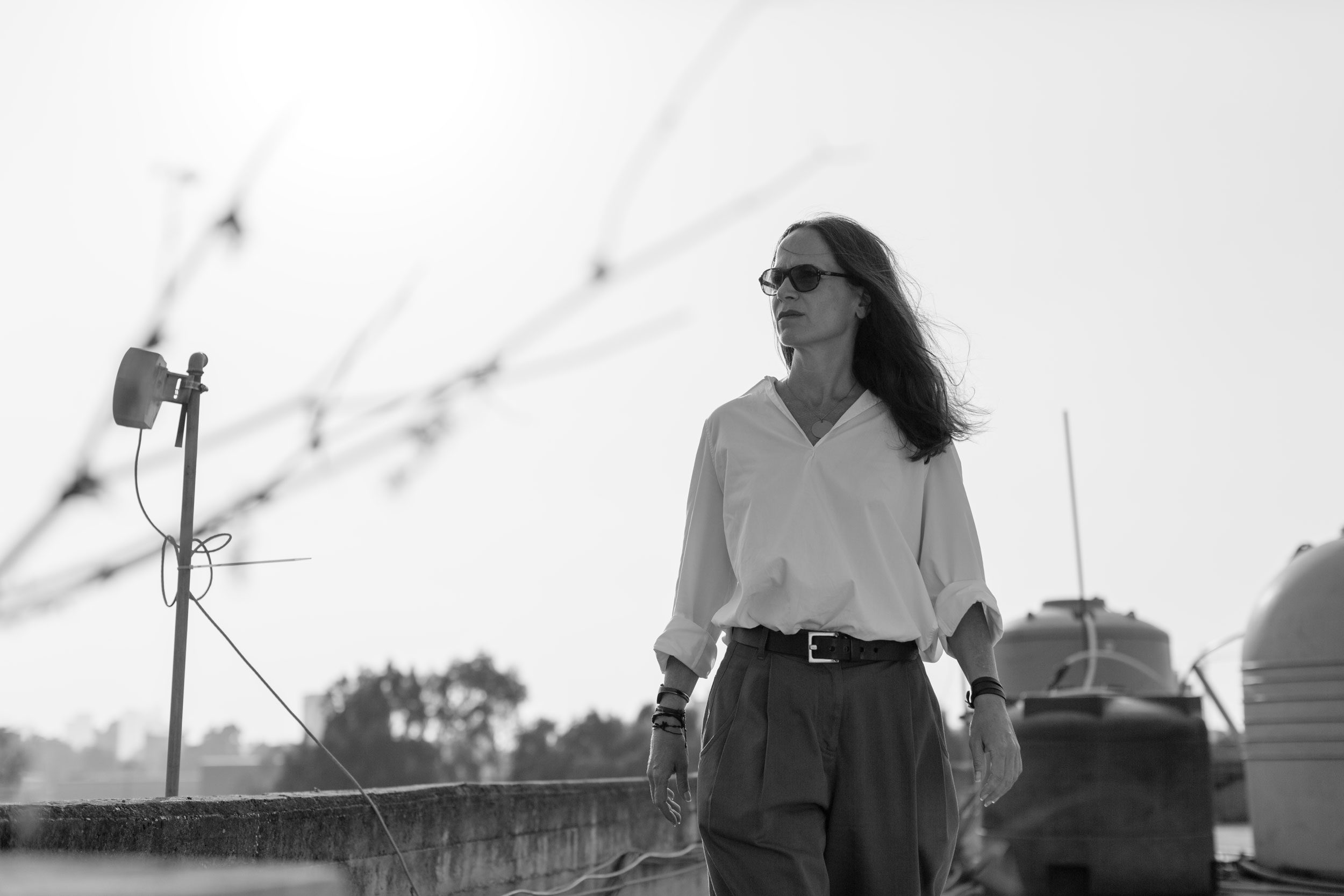About
— About me, social media, and how to get in touch
““I am not trying to say anything. But at the same time, I am trying to say everything.””
Karen Chekerdjian
Karen Chekerdjian’s trajectory into designing was unsystematic, comprised of a combination of practical experience in various creative fields and endeavours. Her practical beginnings were in advertising, working in both film and graphic design at Leo Burnett Beirut (1991), and as a co-founder of one of the first branding companies in the Middle East.
Karen moved to Milan in 1997 to pursue a master’s degree in industrial design at DOMUS academy, under the guidance of Massimo Morozzi, a founder of Archizoom. She continued to work with Morozzi at EDRA, where he was Art Director, in what effectively became a seminal and formative four-year mentorship (1997-2000). Mobil, a suspended hangar system and her first actualised work, was produced and distributed by the furniture company (1999).
Less interested in making products, Chekerdjian used her time in Italy to experiment and explore the extensions and limitations of her art. She began to question what have become somewhat rigid assumptions regarding function, form, and meaning.
Unknown to her then, Karen began developing potentials for dialogue and narrative – a language of designing – rather than focusing on creating a particular style. The ambiguity of her pieces, their ability to take on new functions in varied context and through different interpretations, in retrospect, became a continuous thread in her work.
““I always believed that a piece of furniture can be something more than furniture. Why not push the ambiguity to the point where you cannot really decide if you want to use the piece or just look at it?
It can be what you want it to be. It depends on how you want to see it, on your own story.””
The design and production teams
In 2001, Chekerdjian moved back to Beirut, the contradictory and transient city where she was born and to which she constantly returns. That same year she founded Karen Chekerdjian Studio, a space for her to continue actively reflecting and redefining her metier and method.
At the time, design was still in its nascency in Lebanon and the region at large. Rather than succumb to the challenges imposed by a lack of industry and technology, Karen harnessed an existing history to begin carving a foundation for design in Lebanon. Interested in culturally specific traditions and skills, she began working with local artisans, transforming the process of handcraft into distinct product design.
The dynamic dialogue between designer and craftsman still cultivates her work and, she insists, is necessary to its actualisation and re-visitation.


